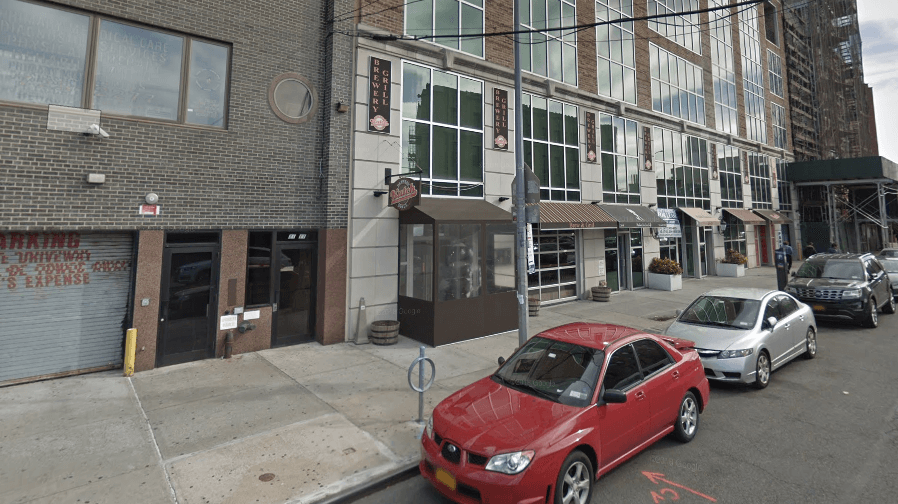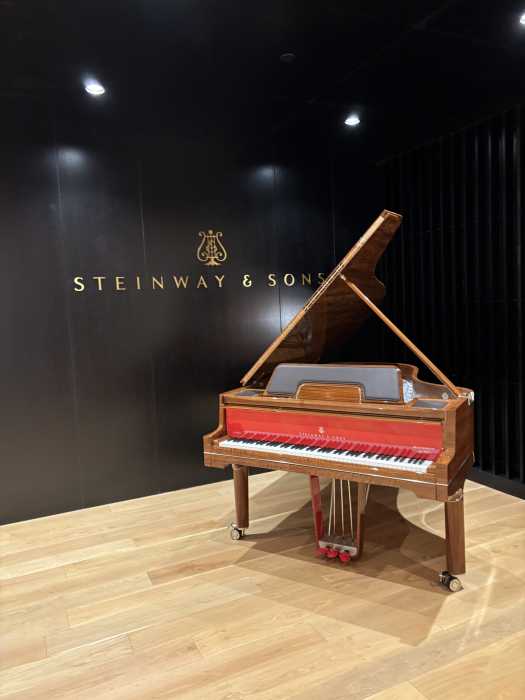Although Governor Andrew Cuomo soundly defeated his rival Cynthia Nixon in his native borough of Queens in the Sept. 13 gubernatorial primary, there was one area of the borough where Nixon reigned.
Assembly District 36, represented by Aravella Simotas, went for Nixon in rather convincing fashion; she won 56.8 percent of the vote in the district, which also had the highest percentage of voter turnout in the borough. It’s rather fitting considering that Nixon had her campaign headquarters in the district, at Katch Astoria Tavern, the same place where a video of Nixon tending bar was filmed and reported on by the New York Post.
District 36, which includes Long Island City and Astoria is a blend of immigrants, families and millennials. According to a 2015 community health profile, 47 percent of adults in Long Island City and Astoria were college educated and in 2016 Astoria ranked number 11 on New York’s most gentrified areas.
According to Moumita Ahmed, the Queens field organizer for Nixon’s campaign, a large portion of Nixon’s campaign foot work and rallies happened in the neighborhood. Efforts were also made in Jackson Heights but a language barrier proved to be a problem for reaching constituents in the largely Spanish-speaking neighborhood.
“If we would have had more resources we would have done better,” said Ahmed, who mentioned that Cuomo had a political war chest of $30 million while Nixon only had $2 million. With the exception of Ahmed, the entirety of Nixon’s Queens-based campaign team was made up of volunteers.
But despite the loss, Ahmed is still proud of the campaign’s efforts.
“We reached our target,” said Ahmed, “the disenfranchised, people of color, people that don’t normally get heard.” She described the focus group of Nixon’s campaign as young, working-class millennials, families, small business owners and immigrants.
“Just because someone has a college degree doesn’t mean they can’t be working class,” said Ahmed, who added that many of the neighborhood’s baristas and servers are millennials not working in the field in which they were educated.
But for some District 36 residents, Nixon’s appeal came from the fact that she was different. Many millennial voters were tired of seeing an middle-aged white man in power and voted for Nixon in order to break a political tradition of incumbent favoritism.
“I think that a problem was that a lot of people didn’t know who she was,” said one 25-year-old, Alexa Vagelatos. She thinks that if Nixon would have made herself a more familiar face not just in Queens neighborhoods but in the city, she would have garnered more support.
“We did the best we could,” said Ahmed.
Assemblywoman Simotas declined to comment on why the district had a large number of Nixon supporters.





































